If you’re looking for a way to improve your digital marketing efforts, you should definitely be focusing on dynamic content. Dynamic content is one of the most powerful and effective tools at your disposal – by serving relevant and targeted ads, you can create a custom experience for users that will help them find the information they need to make a buying decision. Additionally, dynamic content can help you uncover valuable information about your customers. With the right data, you can use dynamic content to improve your marketing strategies and increase sales.
If you’re ready to start personalizing your content, there are a few things you need to keep in mind. First, personalization requires data. Without data, you won’t be able to segment your audience or serve relevant content. Second, personalization is not a one-time effort; it’s an ongoing process that requires continual optimization. Finally, personalization should be used in conjunction with other digital marketing strategies to create a holistic approach. The benefits of personalization are clear. By serving relevant content to users, you can improve their experience on your website and can help you uncover valuable insights about your customers that you can use to improve your marketing strategies.
B2B Marketing News: Shifting B2B Buying Behavior, Rising Hybrid B2B Sales, MarTech Landscape Report, & LinkedIn’s Record Engagement
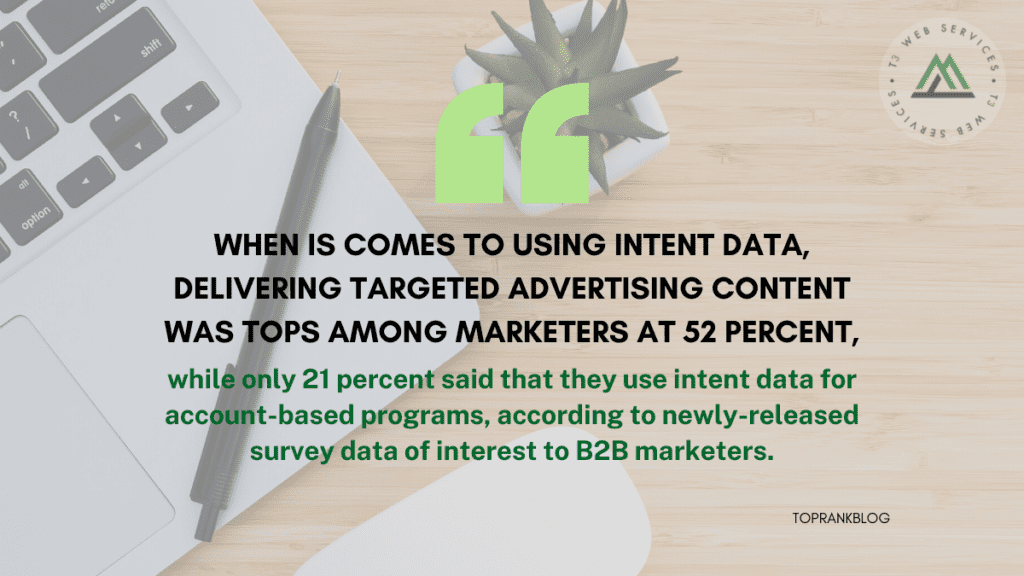

B2B marketers adjust to shifts in buyer behavior
83 percent of B2B marketing leaders have said that brand purpose was important to new buyers, while meeting the challenges of changing buying behaviors was seen as the top priority in the next year — two of several findings of interest to B2B marketers contained in newly-released Forrester survey data. SmartBrief
The Video Content B2B Buyers Find Most Helpful
58 percent of B2B purchase decision makers pointed to learning about a product or service as the most helpful benefit of viewing video content, with 40 percent using videos to solve existing problems, and 36 percent using video to better understand a problem, according to recently-released B2B buyer video content study data. MarketingProfs
The future of B2B sales is hybrid [Report]
When it comes to hybrid selling in B2B industries, some 90 percent of enterprises have said that they plan to make the changes they implemented during the pandemic into ongoing practices, and over 90 percent viewed new hybrid sales models either as effective or more effective than methods used before the global health crisis — two of numerous statistics of interest to B2B marketers contained in newly-released report data. McKinsey & Company

https://www.toprankblog.com/2022/05/b2b-marketing-news-050622/
12 Actionable Steps to Drive Newsletter Growth with SEO Content
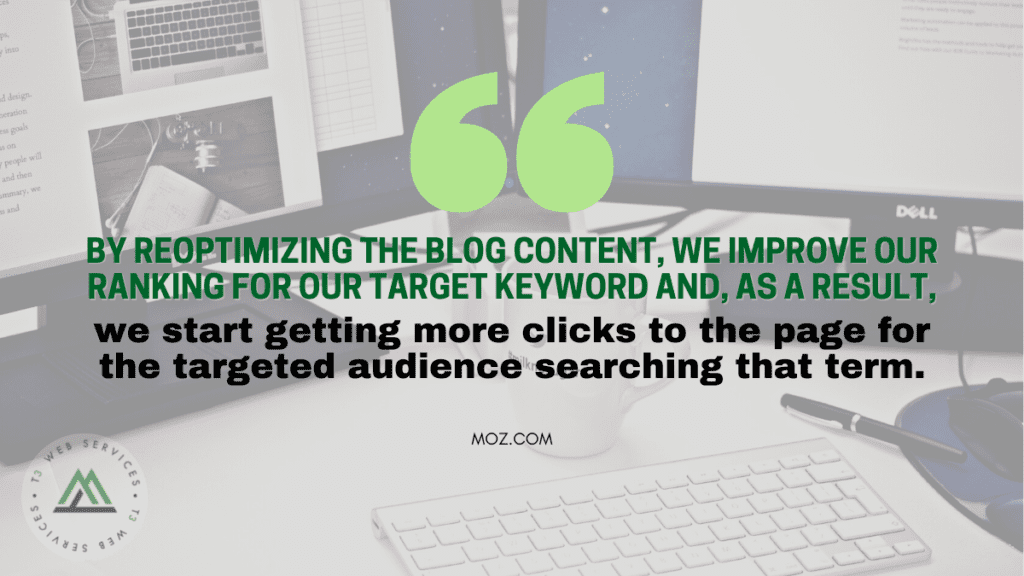

The first part of this newsletter growth process is actually getting your potential newsletter subscribers to your website. Here are 5 solid strategies for doing just that:
1. Keyword research
Our blog has been around since April 2010. We’ve published over 7,500 articles in those 12 years.
That’s a lot of content.
But it wasn’t until we rolled out a data-led keyword research and content creation strategy in 2018 that we started seeing significant traction with organic traffic growth:
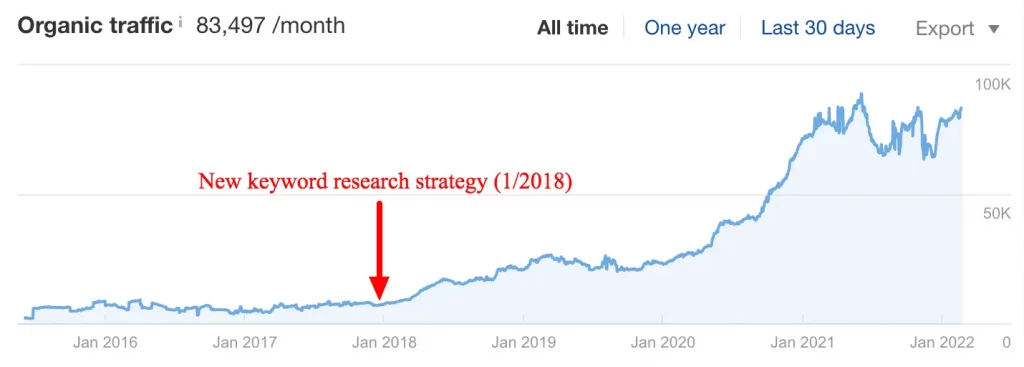
Keyword selection is crucial.
If you don’t choose the right topics to write about, you won’t rank highly in search results. And if you’re not showing up in search, no one is going to come to your website to read your content — or to subscribe to read more from your brand.
2. Great content writing
Great content is your foot in the door with your next potential newsletter subscriber. In an ideal scenario, they come to your site, they read your content, they’re incredibly impressed, and they happily enter their email address to get more of the same from your brand directly into their inbox.
Writing great content not only gets you to appear more often in search and improves your organic visibility, but it’s also the best way to convince a reader to sign up for your newsletter.

https://moz.com/blog/drive-newsletter-growth-with-seo
Power Up Your Personalization Strategy With Dynamic Content
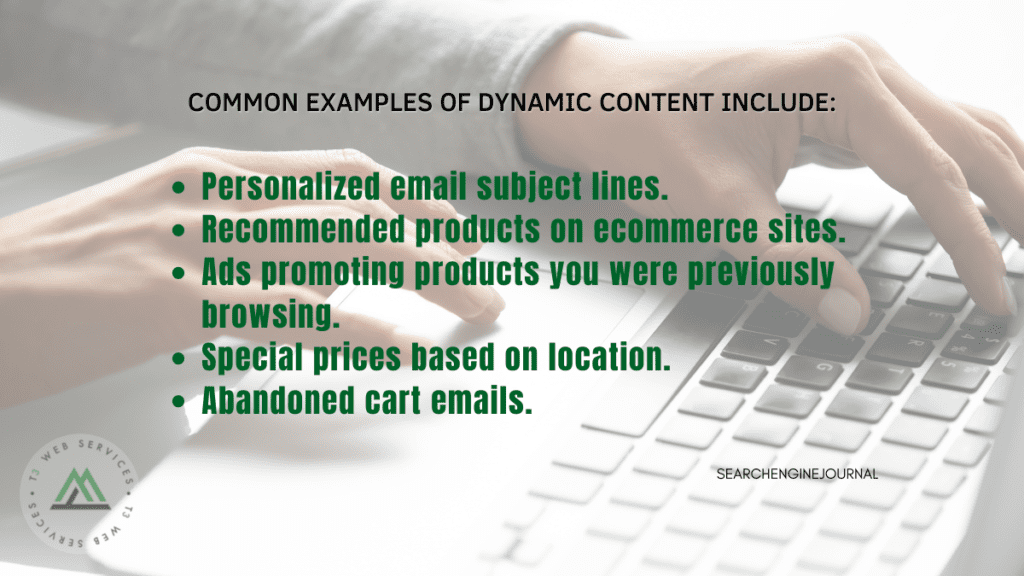

Like all marketing strategies, dynamic content should have a purpose on your site.
Before you implement any dynamic content, you’ll want to ask how it will help customers navigate your site. Consider questions such as:
- What am I trying to get the customer to do?
- What type of content will be most helpful?
- What path do I want the customer to take?
- How does the customer interact with my brand (i.e., social media, search, email)?
These questions can help guide a more meaningful and purposeful strategy to create a better customer experience.
Guide People Down The Funnel
As marketers, we must ensure potential customers are getting the necessary information to make a buying decision. Dynamic content can help.
Behavior from previous visits can ascertain a user’s intention and point to content that can guide them toward a buying decision.

https://www.searchenginejournal.com/dynamic-content-how-to/447754/
23 Measurement Definitions Every Content Marketer Should Know
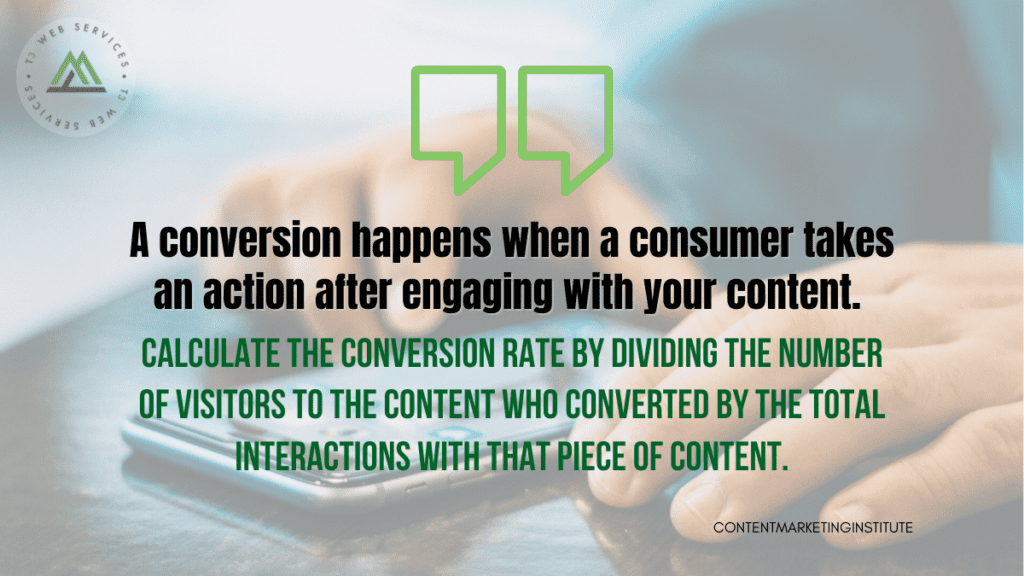

Content measurement definitions
Analytics
Marketo defines analytics as the practice of managing and studying metrics data to determine the ROI of marketing efforts like calls to action, blog posts, channel performance, and thought leadership pieces, and to identify opportunities for improvement.
Bounce rate
According to Google Analytics, a bounce rate is a single-page session divided by all sessions on your site. A bounce is a session that triggers a single request to the analytics server, such as when a user visits a page on your site and exits without taking further action. While a site exit doesn’t tell you much about your content (everyone leaves your site at some point), a page with both high exit and bounce rates may need changes to the content.
Click-through rate (CTR)
A click-through rate is the percent of total viewers or recipients who clicked a link in a content asset (clicks divided by total recipients). It’s commonly used to gauge success for email campaigns, newsletter-driven website visits, and content promotions (e.g., display ads, native advertising), where the total number of recipients can be quantified (rather than estimated).

Read more: https://contentmarketinginstitute.com/articles/content-marketing-measurement-definitions-guide
8 White Hat SEO Techniques To Double Your Search Traffic
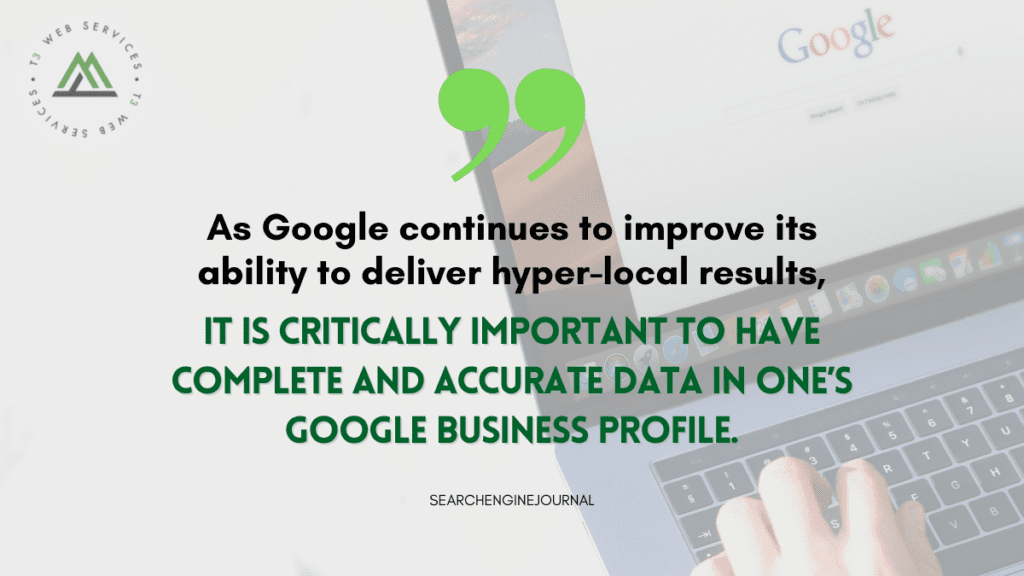

To ensure the algorithms are functioning as intended, Google employs an army of Quality Raters.
They follow strict guidelines developed by Google to ensure the algorithm output matches the standards established for Page Quality and Needs Met. These guidelines are a must-read for anyone serious about building a top-performing website.
According to Google, their search algorithm looks at five key factors in determining which results appear at the top of their search results:
- Meaning of your query.
- Relevance of webpages.
- Quality of content.
- Usability of webpages.
- Context and settings.
By addressing these five factors, you will be putting yourself in a position to outperform the competition.

https://www.searchenginejournal.com/white-hat-seo-techniques/438106/
Google removing support for some video and image sitemap extension tags
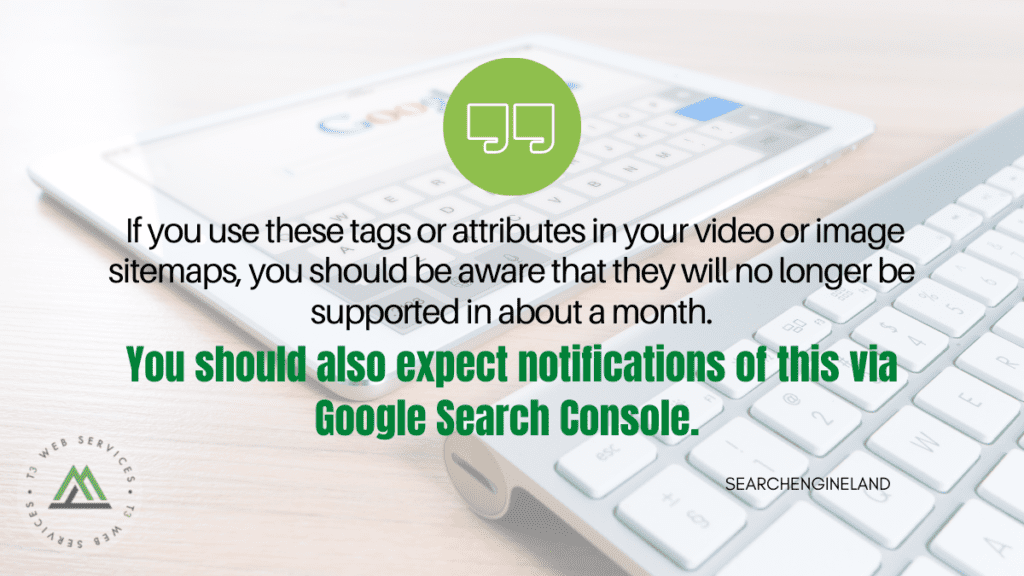

August 6, 2022. Google said the “deprecated tags will have no effect on indexing and search features after August 6, 2022.”
This does not mean you need to race to remove these tags or attributes from your video or image sitemaps. Google said “there’s no immediate action required; you can leave these tags and attributes in place without drawbacks.”
Search Console notifications. Google did add that sometime in the future, if you still have these tags or attributes in those sitemap files, Google may notify you that they have been deprecated via messages or errors in Search Console. “the future, Search Console may show warnings once these updates are included in the next schema versions of the Image and Video extensions,” Google added.

LinkedIn Changes How It Ranks Content
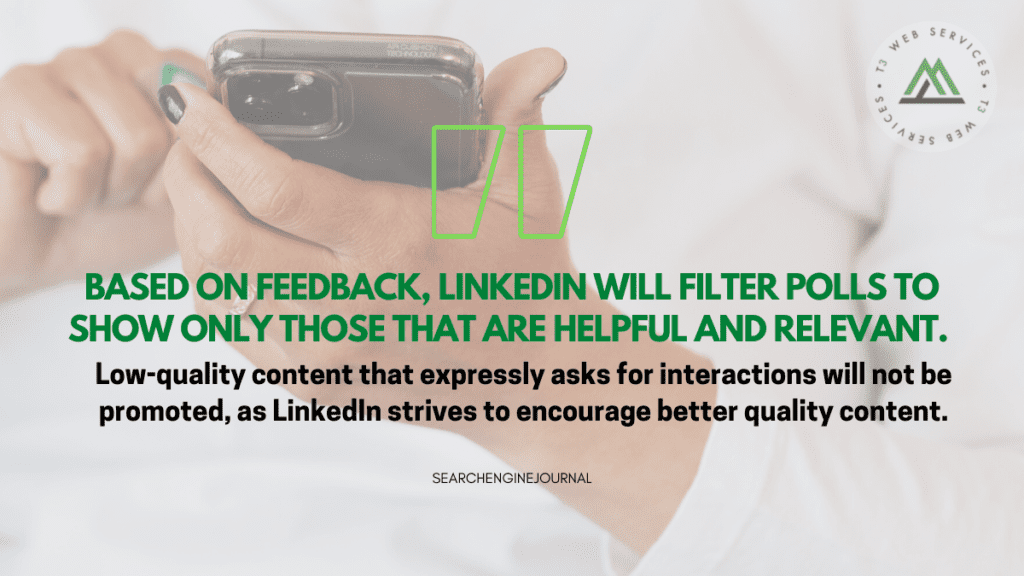

The changes to LinkedIn’s feed algorithm mean it will now show more targeted activity from a user’s network.
It will attempt to prioritize posts and actions that are valuable, rather than comments or actions members will not find useful.
LinkedIn’s feed will now show more of:
- Posts, videos and other content relevant to users’ individual interests
- Opportunities for authentic engagement
- Safe and productive conversations that adhere to community guidelines

https://www.searchenginejournal.com/linkedin-changes-how-it-ranks-content/449048/


Leave a Reply